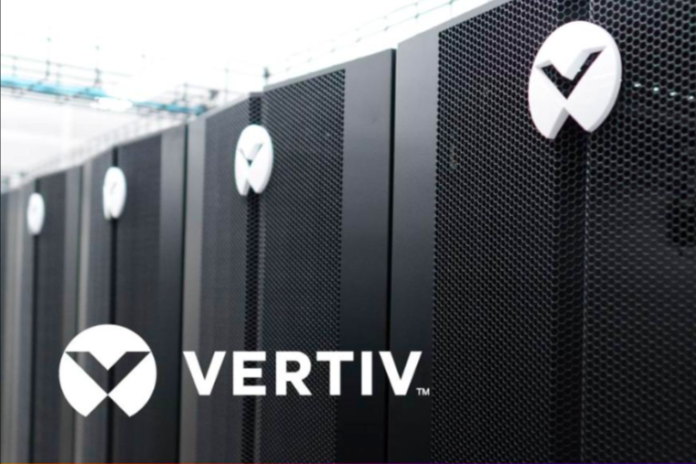Companies will increasingly forego the enterprise-or-cloud debate that dominated C-level conversations in recent years in favour of hybrid architectures that incorporate public and private cloud models and edge assets around a reconfigured core, according to Vertiv.
This evolving approach to managing data and computing resources is one of five emerging 2020 data centre trends identified by experts from the global provider of IT infrastructure and continuity solutions.
The trending hybrid architectures will allow firms to maintain control of sensitive data while still meeting soaring demands for more capacity and increased computing capabilities closer to the consumer.
“A new equilibrium is emerging in the data centre space as the industry wrestles with capacity challenges and advanced applications that are forcing significant changes to data centres of all shapes and sizes,” said Vertiv CEO Rob Johnson.
“At the same time, speed of deployment is increasingly becoming a tipping point in technology decisions and will likely shape investment and innovation in the space as we head into 2020,” Johnson said.
In addition to hybrid becoming mainstream and speed in deployment increasingly becoming a differentiator, Vertiv experts also identified the following expected trends in 2020.
One is that while average rack density is likely to reflect marginal increases at best, the surge in advanced applications and workloads related to artificial intelligence, such as machine learning and deep learning, will make pockets of high-performance computing necessary and more common. Vertiv experts anticipate early activity in this space in the areas of defence, advanced analytics and manufacturing in 2020, laying the foundation for more widespread adoption in 2021 and beyond.
Another is that more organisations will start to sell the stored energy in lithium-ion and other batteries back to the utility to help with grid stabilisation and peak shaving.
Finally, innovation will happen everywhere, not only in the United States. A parallel digital ecosystem with notable differences is emerging in China. Data centres across Europe and in other Asian and South Pacific markets, such as Australia, New Zealand and Singapore, are evolving and diverging from traditional practices based on specific regional issues related to data privacy and controls and sustainability.
















